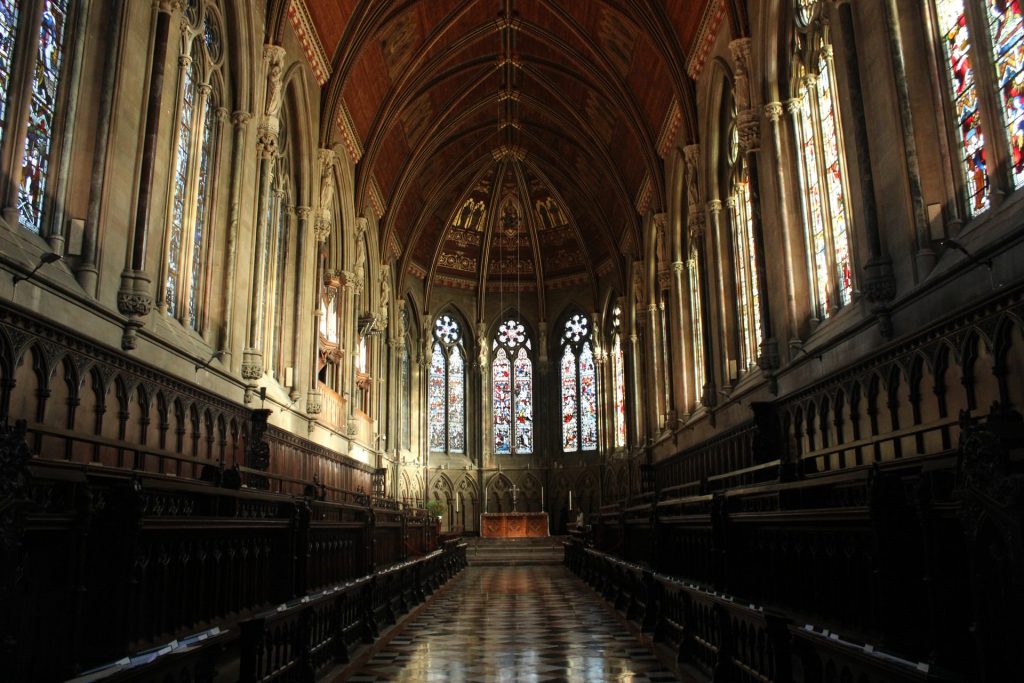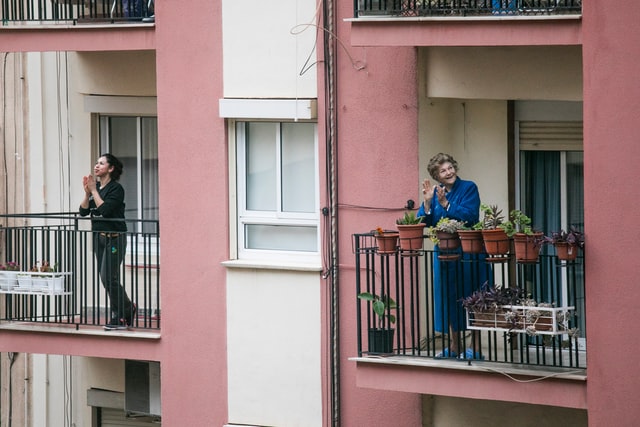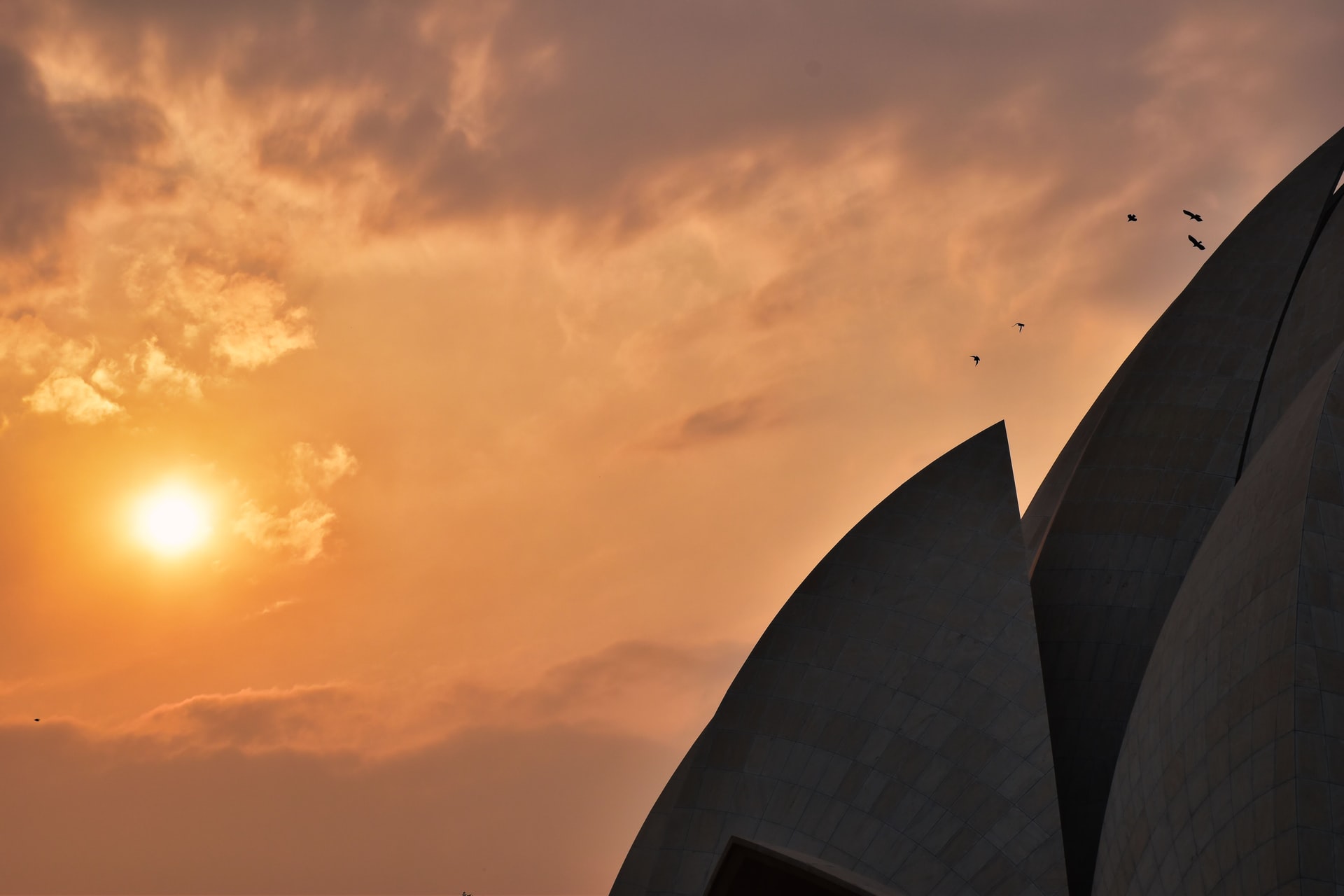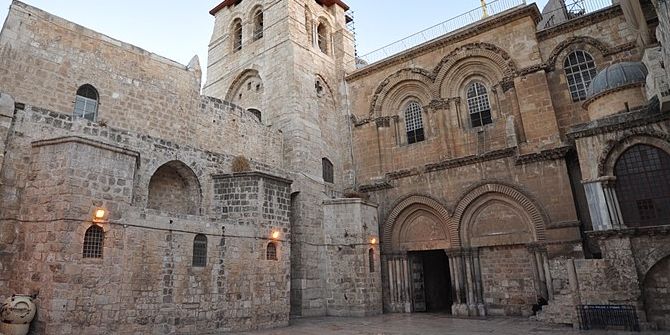Over the last year, LSE’s Religion and Global Society Unit has spoken to numerous young people about faith during the COVID-19 pandemic as part of their research project “Strengthening Religious Cooperation in Global London”. Ahead of the publication of the report this summer, Dr Manmit Bhambra and Dr Austin Tiffany write about sacred space and religious practices among young people during the pandemic, and why the last year does not signal an exodus of young people away from places of worship.

During the COVID-19 pandemic, we have been unable to encounter sacred spaces in normal ways. Our places of worship have been completely closed or open to limited numbers.
Throughout 2020, LSE’s Religion and Global Society Unit researched the impact of COVID on young Londoner’s religiosity and perceptions of interfaith. Approximately 72% of respondents reported that the pandemic changed the way they practice their faith, with many adopting new private religious practices in the home or joining services online. Despite fluency in online platforms, an easy transition to virtual gatherings, and ease of access to religious content, our participants are, as one interviewee put it, fatigued by “one-sided worship” online.
The pandemic has resulted in people substituting sanctuaries for their sofas. For decades, academics have noticed the increasingly prevalence of practising religion in the home, which has undoubtedly been accelerated by the pandemic. Yet scholars recognise that sacred spaces still play an important and unique function, not only as theological centres, or the “vertical function of worship”, but also as community centres, or the “horizontal” function.
Where does this leave places of worship in a post-pandemic world?
Although individual religious practices, such as prayer, have been maintained at home throughout the pandemic, many still feel a spiritual connection to physical places of worship that cannot be replicated in the home. Furthermore, it is striking how many young people emphasised the importance of the “horizontal dimension” of religious life, community, driving the desire to return to these spaces.
Vertical Religiosity: Religious Practices without Sacred Spaces
In our survey, 72% of participants joined online gatherings, and 49% said online gatherings sustained their faith. Interestingly, the ubiquitous nature of online gatherings has not resulted in more spiritual exploration among our interviewees, with 81% saying they had not joined any new communities. Instead, they reverted back to the communities that they knew. One interviewee explained that, in her community, the usual suspects were the ones who logged on for services – “the same sort of people you would get if [the service] was in real life”. Another, when discussing the process of exploring new places of worship during the pandemic, frankly said “Zoom is a weird way to get to know people,” and that experience discourages exploration; one interviewee called the online space for religious gathering “artificial”.
In addition to joining the online gatherings of familiar places of worship, young people also maintained or developed more individualised religious practices.
Throughout our research process, many interviewees felt that they maintained habits of prayer due to a surplus of free time. Some even preferred the convenience of praying at home. One Muslim interviewee, who prays five times daily, said the pandemic has made prayer “a lot easier” amid working from home. Another, when speaking about reading religious texts, said that with the decrease of work and social commitments he had “fallen into that routine [of reading] better […] the routine has helped, definitely, in that way”.
While private, home-based prayer is not new in the field of religion (Jesus speaks about prayer in the home, Muslims privately pray five times daily, and Hindu families often have shrines in their house), these “vertical” forms of religiosity have taken on a more central role during the pandemic.
Despite the ease of praying at home and joining services online, interviewees still spoke of a desire to return to a place of worship, a separate location to reorient and focus on their faith. One interviewee mourned the closure of sacred spaces, remarking that the loss of access to that space was “the main impact that COVID has had on me personally, just like the complete lessening of the traditional sense of practicing the faith”.
Horizonal Religiosity: Sharing Food and Building Community
The COVID-19 pandemic seemed to have the biggest impact on young people’s religiosity when it concerned the horizontal function of sacred space: community. In an interview, one participant explained that the community provided by online religious services was not the same: “the bit I really miss is kind of like sung worship and music […] I miss those aspects of corporate worship.” Another interviewee summed it up, saying “a lot of people within my faith community would say that the way that they feel most connected to their faith is by being in that place of worship. Because it’s more than a space of worship, it’s also a social space, and I think that’s a big, big part of it.”
The social importance of religion and sacred spaces goes beyond collective prayers and services; multiple interviewees specifically said they missed sharing meals within their place of worship. Whether as part of the Shabbat service, for one interviewee, or the comfort found in a gurdwara meal with her family, for another, the loss of shared meals in places of worship correlates with the loss of community during the pandemic. Meals build a sense of community not only within faith traditions, like a Baptist meal share, but also between faiths, like the Big Iftar.
British philosopher Alain de Botton writes about the virtuous relationship between meals and community within religious structures, noting “it is when we satiate our bodily hunger that we are often readiest to direct our minds to the needs of others”. These religious manifestations of community – in services, meals, and Big Iftars – encourage encounter, stimulate discussion, and reinforce identities; they are, according to de Botton, “what help to hold our fractious and fragile societies together”.
For the vertical purposes of prayer and the horizontal functions of community, young people still value physical spaces as part of their religious identity and journey.
Places of worship can serve multiple functions and have many purposes. They are spaces for religious devotion but also centres of community. They are places of teaching but also of socialising. Young people understand this, and it is why they are keen to return to these sacred and social spaces. “It’s not just a place of worship […] it’s a social hub. And for some it’s a sanctuary,” one interviewee said about a gurdwara. Another explained that her church is a place “that people can come to in their hour of need, and whether that is a spiritual need or whether it’s a very physical need.”
As we emerge from lockdown, 70% of our participants believe that online gatherings will persist in some form. However, the desire to return to a sacred space suggests that young people will not permanently disassociate themselves from these sacred spaces in the future. They are eager to return to these places so they can again experience the spiritual and social.
Note: This piece gives the views of the author, and not the position of the LSE Religion and Global Society blog, nor of the London School of Economics.






Reality: accept no substitute. BTW, what chapel is that? It’s stunning!
It’s a photo of St John’s College Chapel in Cambridge – very stunning indeed!